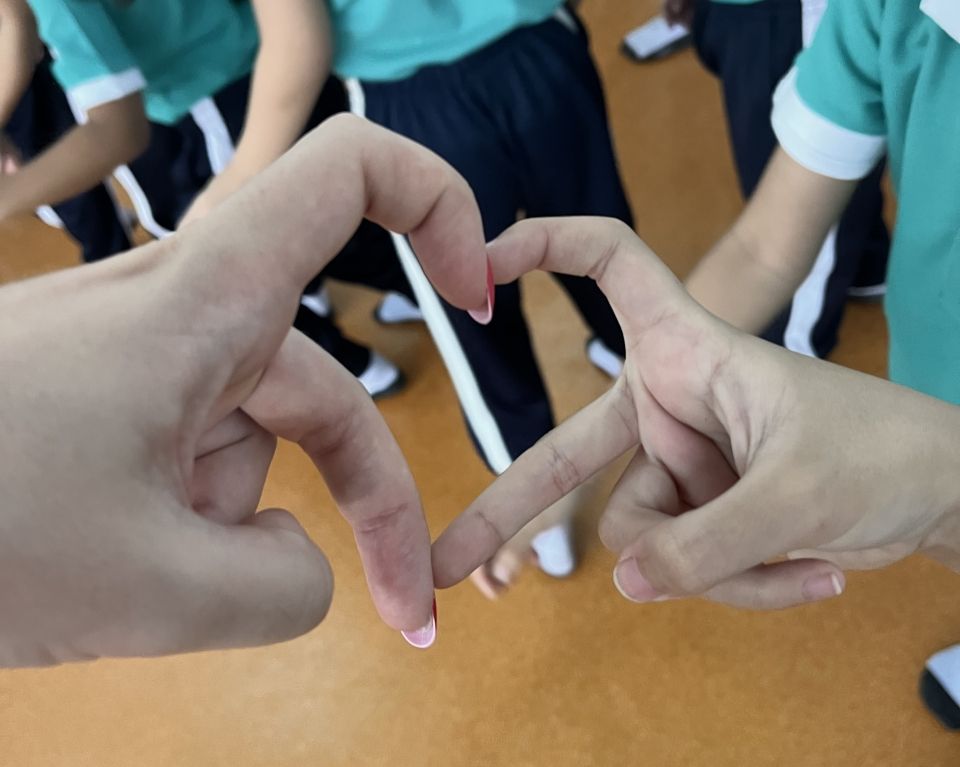How to Lesson Plan for Kindergarteners in Thailand
I am not a teacher. I majored in Art History in college, so teaching in Thailand is my first time in the classroom. That said, this experience has been a giant learning curve for me. Luckily, I received my TEFL Certification through CIEE the summer before going abroad, which mentally prepared me as best it could for being a teacher. However, nothing can fully prepare you for the feeling when you walk into the classroom, have 30 pairs of little eyes looking up at you, and realize that no one can understand a word you say. My first month or so feels like an absolute blur now. I made every mistake and fully embarrassed myself every day! Though I may be the teacher, I'm learning and growing as much as my students are. These past four months have taught me so much, so here are some things I have learned and how I structure my lesson plans.

Organization and routine play a crucial role in maintaining control in the classroom, especially if you have younger students. I have 380 5-6-year-olds split between 12 classrooms, so streamlining my lesson planning saves me so much time and benefits my students. I always begin and end my classes the same, which signals to my students when learning time starts and ends. This way, they can be in the best mindset for class. Clear time markers, like songs or chants, work well when teaching abroad because while your students may not understand all of your English, they will know what to expect when there's repetition in your lessons. I do the same lesson 12 times weekly, so I feel like a broken record! However, creating that structure will make you and your students' lives much easier.
When I first began teaching, I lacked confidence in the classroom. I stumbled over my words, couldn't work the Smart Board, and looked as unprepared as I felt. As much as I tried to hide my inexperience, my students picked up on my emotions and would mirror my nervousness. I realized how my energy affected the energy of my students. If I said "um," my students said "um." If I spoke quietly, they spoke quietly. If I wanted to create a fun, energetic, and safe learning environment, I needed to bring that energy.

This led to the creation of "WHAT TIME IS IT?"- a game my class plays the second I walk into the room. When I step into class, I call out in a funny voice, "What time is it?" and my students respond with "Phonics time!" at the top of their lungs. Yelling and releasing some energy to begin class gets the kids excited to learn. Our routine helps me feel more confident and creates a better learning environment. Also, when we have to read sentences or do worksheets, things my students would normally not be excited about, I'll speak about them as if they are the most exciting assignments in the whole wide world.
"Class, you will not believe what we get to do today... WORKSHEETS!"
Teaching kindergarten feels like a performance sometimes. Speaking in song and moving in dance makes me feel like a Broadway star, but that's what it takes to hold young kids' attention. Make the most mundane things sound exciting by talking in a funny voice or whatever works for you, and your students will match that energy.
Lesson planning is a whole other monster. However, I've built a pretty foolproof structure that I hope can be helpful for you.
My classes are 40 minutes long and this is how I break them down:
- Greetings and opening song: 3 minutes
- Review: 5 minutes
- Introducing topic: 2 minutes
- YouTube video about the topic: 4 minutes
- Vocab: 6 minutes
- Brain Break (song and dance on YouTube): 3 minutes
- Reading sentences: 7 minutes
- Game/Activity/Book: 8 minutes
- Affirmations and Goodbye: 2 minutes
Keeping to this schedule prepares students for what to expect in each class. They know when it's time for a brain break and when it's time for class to end. However, as valuable as structure is, don't forget to add some variety too! The last 10 minutes of class looks different each week. Sometimes we read a book that uses the words and letters we learned earlier. Sometimes we will act out our vocabulary words. Other times, I'll do a word search or a game on Wordwall.com. This makes classes more interesting and fun!

Here are some more random tips I have:
- Making hand motions to go with the vocab words helps students remember them better
- Try to only introduce 5 vocab words a week
- Talk slow! Even slower than you think you need to
- Be aware of how much you turn your back to the students when you're writing on the board; kindergarteners will lose attention in a matter of seconds
- Students LOVE any chance to come up to the board to write an answer
- If you have a Smartboard or colorful markers, ask students what color they want you to write in that day
- No shame in using Chat GBT to help you write lesson plans (everyone's doing it!)
Give yourself grace when you begin teaching abroad! Even if you have previous teaching experience, you'll be teaching in a new culture and school system, so it's okay if things feel new and scary. I hope these tips were helpful! Check out my content on CIEE's Instagram and TikTok for more!
TTYL,
Lauren
Related Posts
Can You Ethically See Elephants in Thailand?
One of my most embarrassing moments in Thailand occurred at the beginning of my time here. At orientation, when people would ask what my goals are while in Thailand, I... keep reading
Solo Trip to Chiang Mai: My 2 1/2 Days Itinerary
I am an introvert. I always have been and always will be. When I was younger, people would underestimate me, my intelligence, and my competence just because I was quiet... keep reading

The Best One-Day Itinerary for Chiang Rai, Thailand
Whether you are looking for serene temples, bustling markets, and breathtaking scenery, Chiang Rai offers a perfect blend of ancient wonders and modern charm. According to 12 Go Asia, the... keep reading